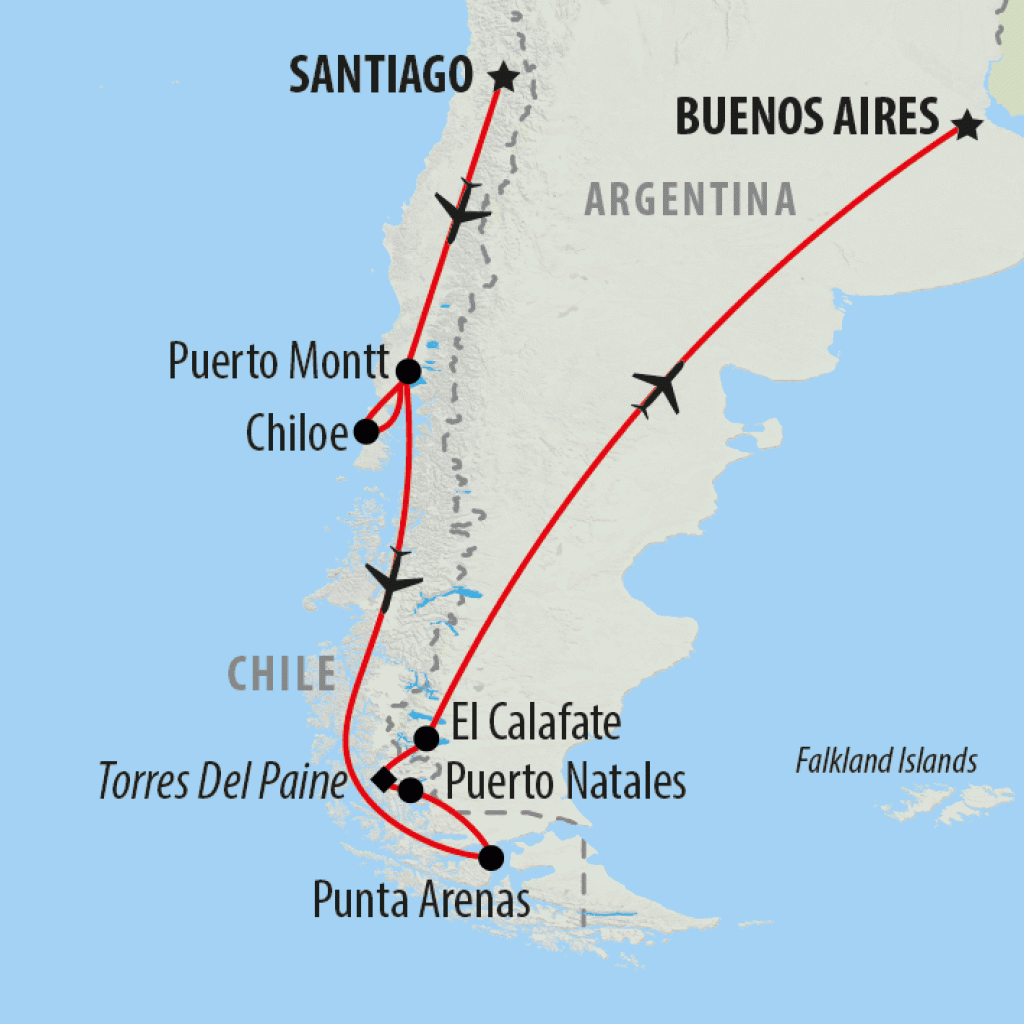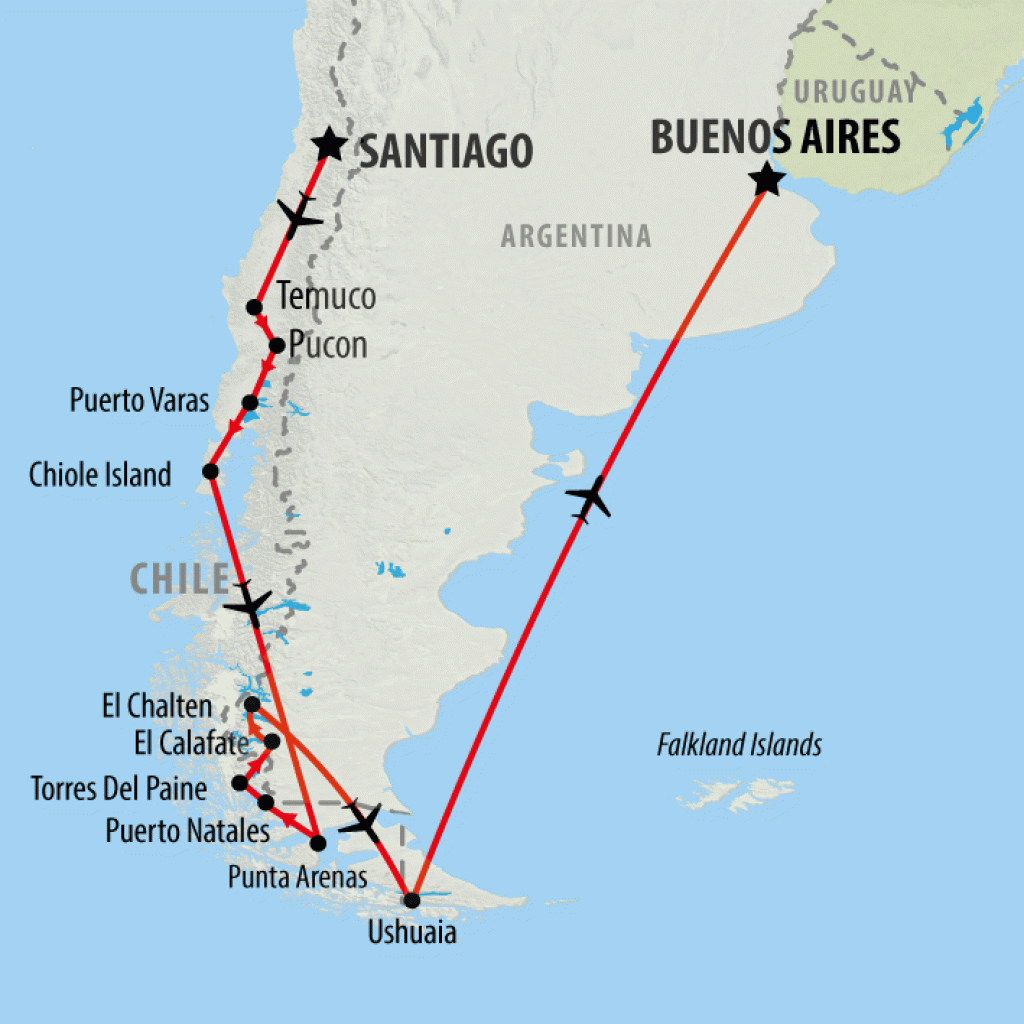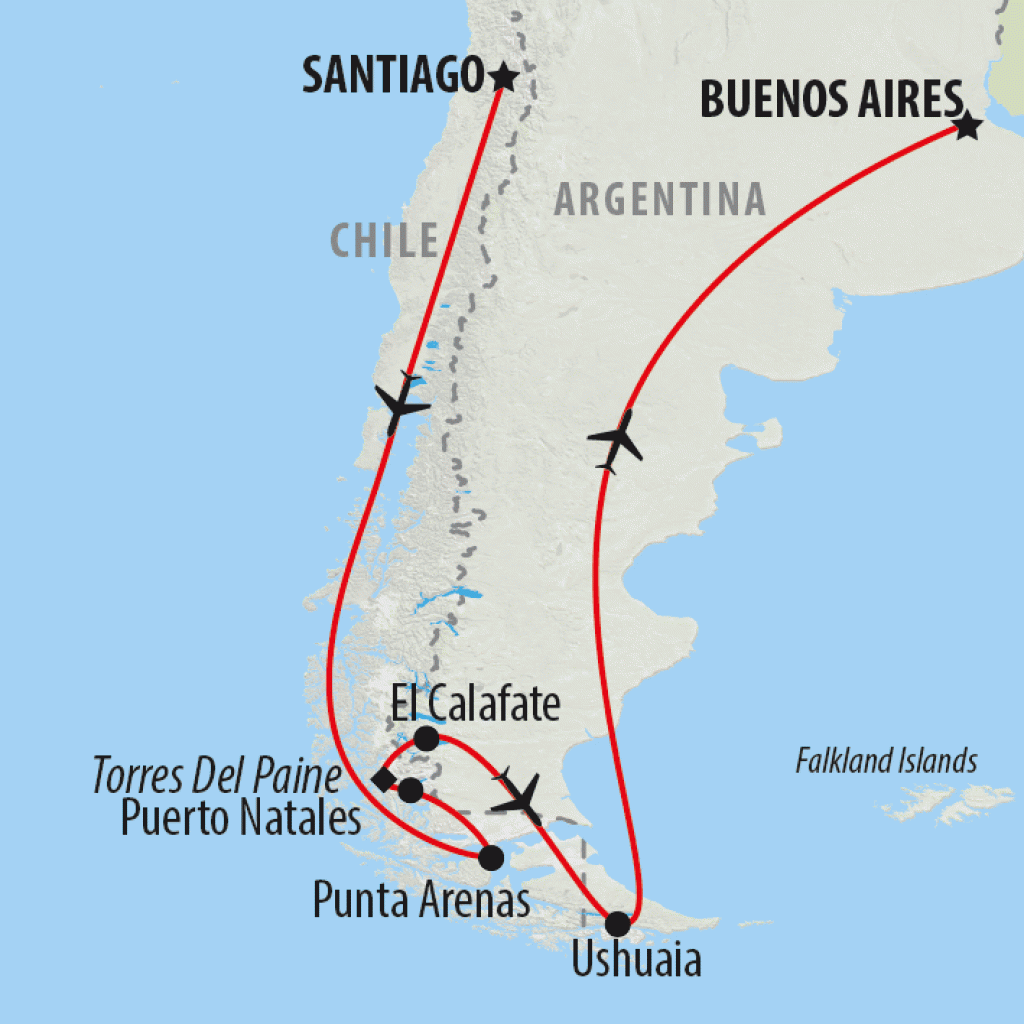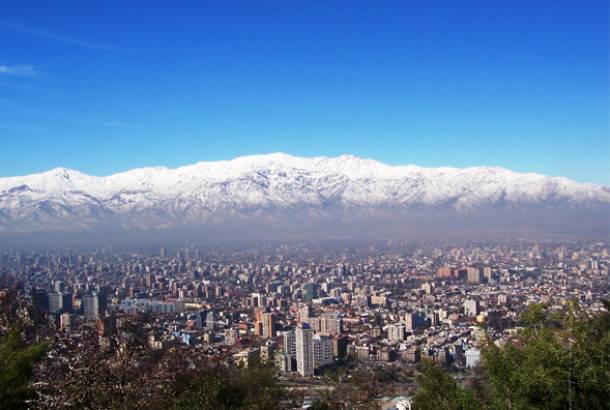
If you're planning a visit to Chile then have a read of our useful travel tips to get you started, covering everything from what health precautions you should take to what local cuisine to try & whether you should leave a tip. It's the perfect start to your holiday prep.
What vaccinations do I need for Chile?
You should seek medical advice from your local health practitioner before travelling to Chile and ensure that you receive all of the appropriate vaccinations. As a guide tetanus, diphtheria, polio, typhoid, hepatitis A (for stays over 4 weeks) and hepatitis B (for stays over 3 months) are recommended.
Do I need anti-malaria tablets for Chile?
There is no risk of malaria in Chile. Extra care should be taken to avoid mosquito bites as cases of the Zika virus have been reported. Sleeping under a mosquito net at night is advised as is using a strong repellent containing at least 50% DEET. For more information visit the NHS Fit to Travel page or the CDC Traveler's Health page.Is it safe to drink tap water in Chile?
Although the tap water in Chile's larger cities is generally considered safe to drink it has a high mineral content that can cause stomach upsets so it's safer to drink bottled water. If you're travelling outside of the major cities you definitely should not drink the tap water.
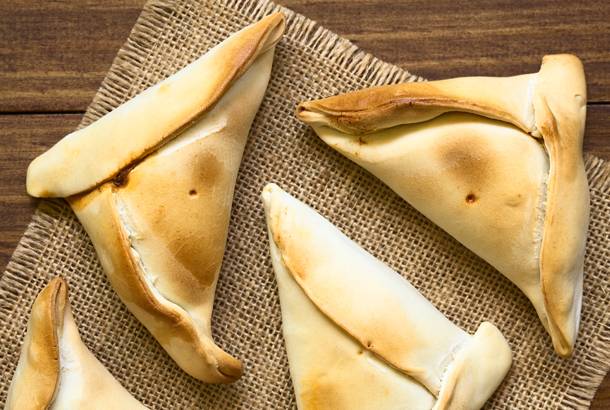
What's the food like in Chile?
Most meals in Chile consist of chicken, beef or seafood, which is served with rice or french fries and sometimes a salad. Specialities include 'cazuela de ave' which is a tasty chicken stew with potatoes, rice, onions with green peppers, 'pastel de choclo' which is a casserole of beef with a maize mash baked in an earthenware bowl and 'caldillo de congrio', which is a soup with large pieces of fish with onions and potato. Mixed grills (parillada) are also very popular in Chile, either seafood grills (parillada de mariscos) or grilled meats, offal and intestines are served in a miniature BBQ on your table.
Vegetarian options are often limited in Chile especially in smaller towns and remote areas. However, there are usually a few meat-free bits and bobs available such as empanadas with cheese and milcaos, which are a type of potato cake. For those interested in fish, seek out some ceviche, a dish consisting of raw fish that has been marinated in citrus (either lemon or lime) and served with onions, garlic and cilantro.
Chile is renowned for its fabulous wine, which can cost from as little as $1.50 a bottle. Pisco is also popular, which is a brandy which packs a punch.
Safe eating while travelling in Chile
Chileans are well used to preparing meat thanks to their flesh-filled cuisine so, generally speaking, meat will be safe to eat and cooked properly. Salads and fruit are fine to eat, even if they have been washed, but only in big cities. In more remote places, avoid anything that could have been washed as the water here isn’t drinkable. As always, if food doesn’t look or smell right, or might have been left out in the sun for too long then stay away from it.Is it standard to tip in Chile?
Due to the low wages in Chile, many workers depend on gratuities to make a living. Most restaurants will automatically add on a 10% service charge to your bill but, if the service has been particularly outstanding, there is no harm in leaving a little extra. Hotel staff will always appreciate a tip so be generous with guy who carries your bags around and the concierge staff who arrange your tours and give you recommendations. When it comes to taxis, it is generally good practice to round up the fare and for private drivers, USD $10 a day is a reasonable amount, same for tour guides.
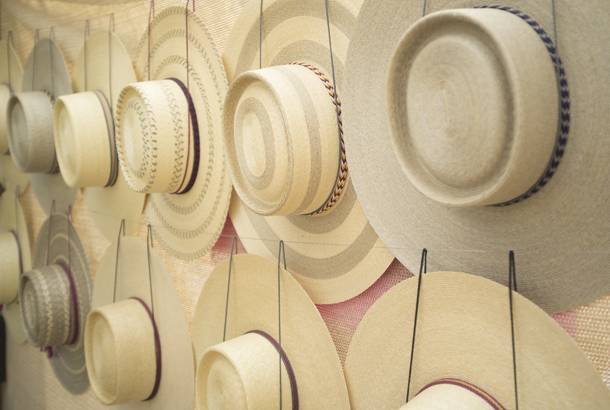
What is good to shop for in Chile?
Popular items to purchase are blankets, wool rugs (choapinos), cashmere jumpers and earthenware pottery, all of which can be found in the country’s numerous markets as well as in special boutiques. Known for its colourful crafts, those with a taste for the flamboyant should pick up a traditional huaso (male) or huasa (female) outfit, as worn by Chilean cowboys and cowgirls.
With over 80 wineries in Chile, another excellent souvenir is a bottle of this magical liquid. Fine Chilean wine can be found all over the country, as can Pisco for those seeking something a bit stronger. Lapiz lazuli, a rich blue precious stone, adorning jewellery of all shapes and sizes, us also a popular choice and makes for a wonderful gift for someone you love (or just to keep for yourself).
Is bargaining acceptable in Chile?
There is not much of a haggling culture in Chile and in some places, attempting to bargain can come across as impolite. If you're shopping in Chile, most large stores have fixed prices but you can barter in smaller shops and markets, particularly in smaller towns and villages, if you feel like you are not being offered a fair price.Is it safe for a single woman to travel in Chile?
Santiago is generally considered to be one of the better places in South America for women travelling alone. The most that women are likely to encounter here are a few glances and possibly a catcall but rarely will the attention escalate beyond that. It is important to note that women in Chile dress conservatively, despite the heat, therefore if you don’t want to attract unnecessary attention consider wearing long trousers and long sleeves when you are wandering around the city. Take care in rural areas where locals are less accustomed to seeing foreign women and when out alone at night. Choose taxis over walking after the sun goes down.
What is the duty free allowance for Chile?
The following goods may be brought into Chile without incurring customs duty:
- 400 cigarettes, 500g of tobacco and 50 cigars
- 2.5 litres of alcoholic drinks
- Gifts to the value of USD $300
- Items bought on arrival in the duty-free shop to the value of US$500
Alcohol and tobacco allowances apply to travellers aged 18 and over only.
The following are banned from being imported in to Chile: Used cars and motorbikes, asbestos and pornography. Restricted imports requiring authorisation include firearms and ammunition, food, plants, animals (and their products), drugs and pharmaceutical products.
What is the currency in Chile?
The currency of Chile is the Chilean Peso. Check OANDA for the latest exchange rates.
ATMs (also known as redbancs) are available in all large towns and cities and international credit cards are accepted in almost all shops, larger restaurants and hotels. Master Card, Visa and American Express are widely accepted, although be aware that to purchase products or services on a credit card a fee of 5%-10% usually applies.
Do not rely on credit or debit cards as your only source of money. In some small towns, you may find you’ll need to use cash so combination of cash and cards is best.
Although all major currencies can be exchanged locally, US Dollars is generally easiest. Changing money should be done in Casa de Cambios and not with the street vendors who will without doubt offer a much lower rate. It's advisable to request bank notes in smaller denominations, as it can sometime be hard to get change from larger notes.
Traveller's Cheques are not recommended as they're often difficult to exchange and incur high fees.
What do things cost in Chile?
Chile is one of the more expensive South American countries but budget options are still widely available. Dorm beds can come as cheap as USD $13 and double rooms in low to mid-range hostels come in at around USD $40-50. Travelling around the country is cheapest when booked in advance and can be as little as USD $20 for a 12 hour bus journey. Water will cost you less than a dollar for a litre if you have chosen to avoid tap water and a decent meal in a comedor should set you back around USD $7-10. Empanadas from street stalls can also be bought for less than a dollar.
What sort of plugs do I need for Chile and what is the voltage?
The voltage in Chile is 220V. Sockets require plugs with three round pins in a line (with the middle one being an earth) and two-pronged European style plugs can also be used. We recommend that you pack a universal travel adaptor that will allow you to use a hairdryer, electric shaver, charge a mobile phone or other electrical items. You will also need a voltage converter if you're using appliances from the US.
Is WiFi widely available in Chile?
As usual, you can expect to find a WiFi connection in almost all cafes, restaurants and bars as well as the vast majority of hotels and hostels. The Santiago Metro has a free WiFi connection but in order to access it you will need to log in with your national ID number, which, obviously, foreigners don’t have. However, if you have a Chilean friend, they might not mind lending you theirs. Many public parks and plazas in Chile also have a free WiFi connection.
What time zone is Chile on?
Chile observes Daylight Saving from September to April. Chile Summer Time (daylight saving) is 3 hours behind GMT and Chile Standard Time is 4 hours behind GMT.
Easter Island is 5 hours behind GMT during daylight saving and 6 hours behind GMP during Standard Time.
See Also
For further information to help plan your trip to Chile, see the following:
Best Places to Visit - our top 10 destinations in Chile
Best Time to Visit - climate and weather in Chile
Tourist Visas - know what visa you need prior to travel










